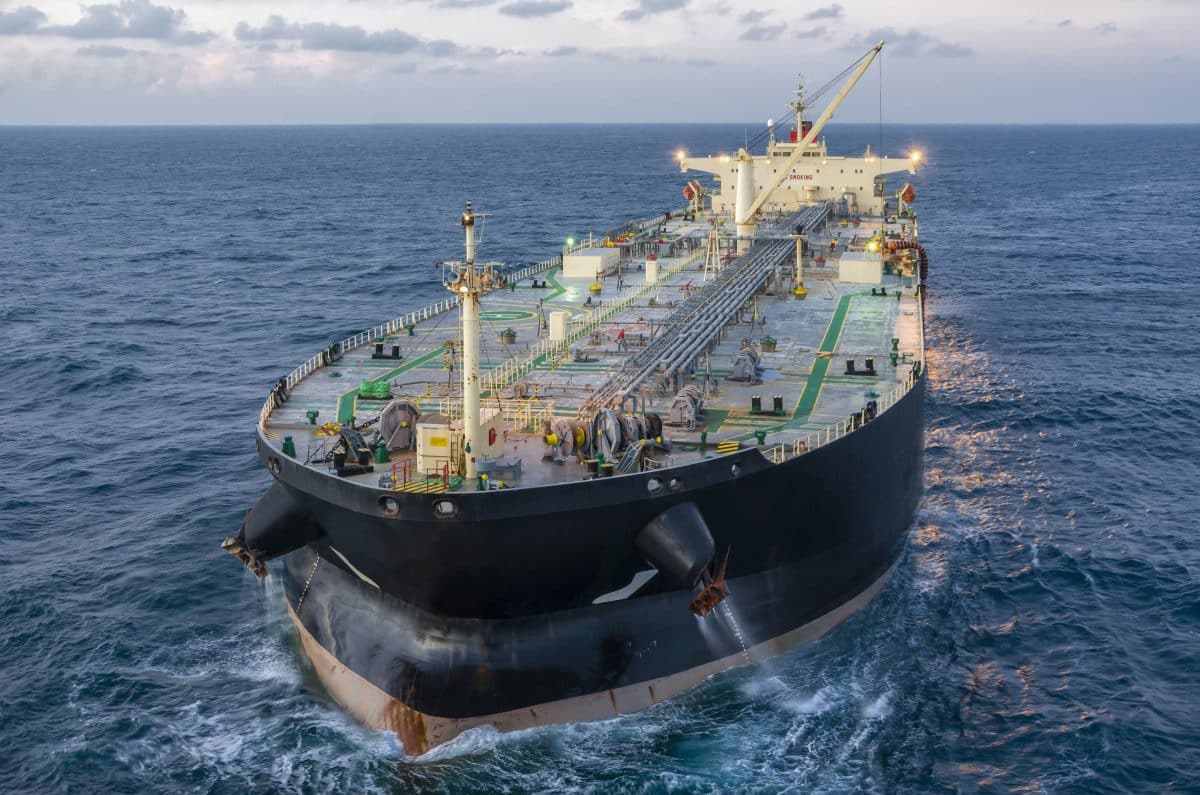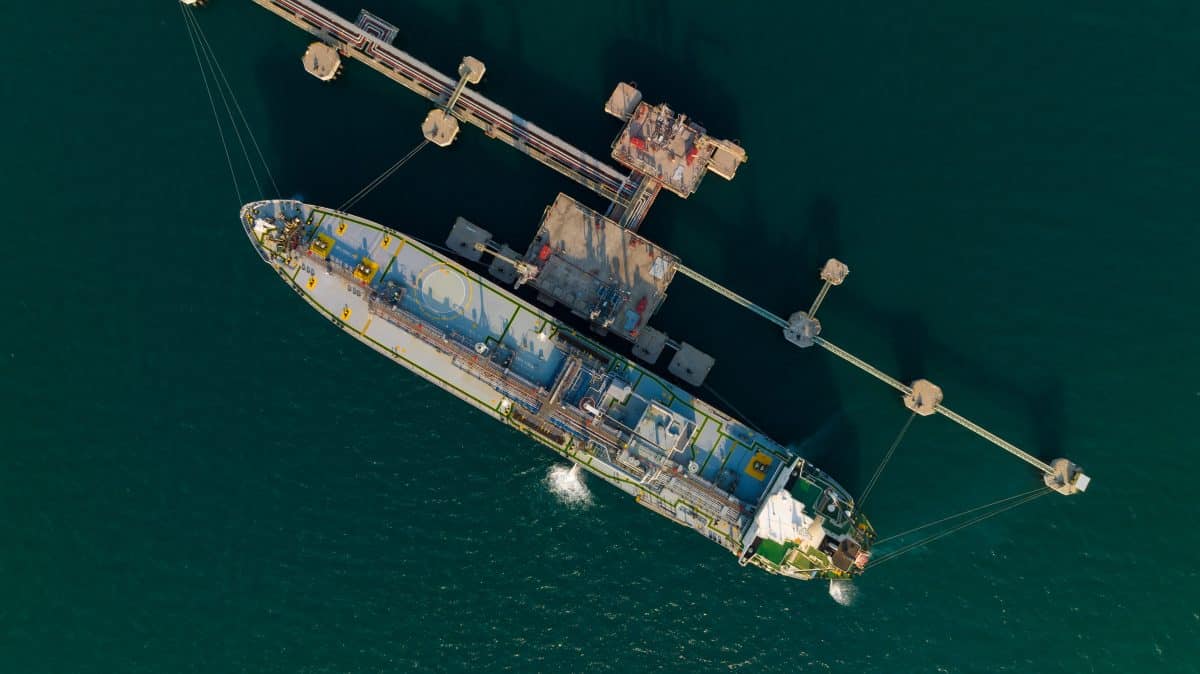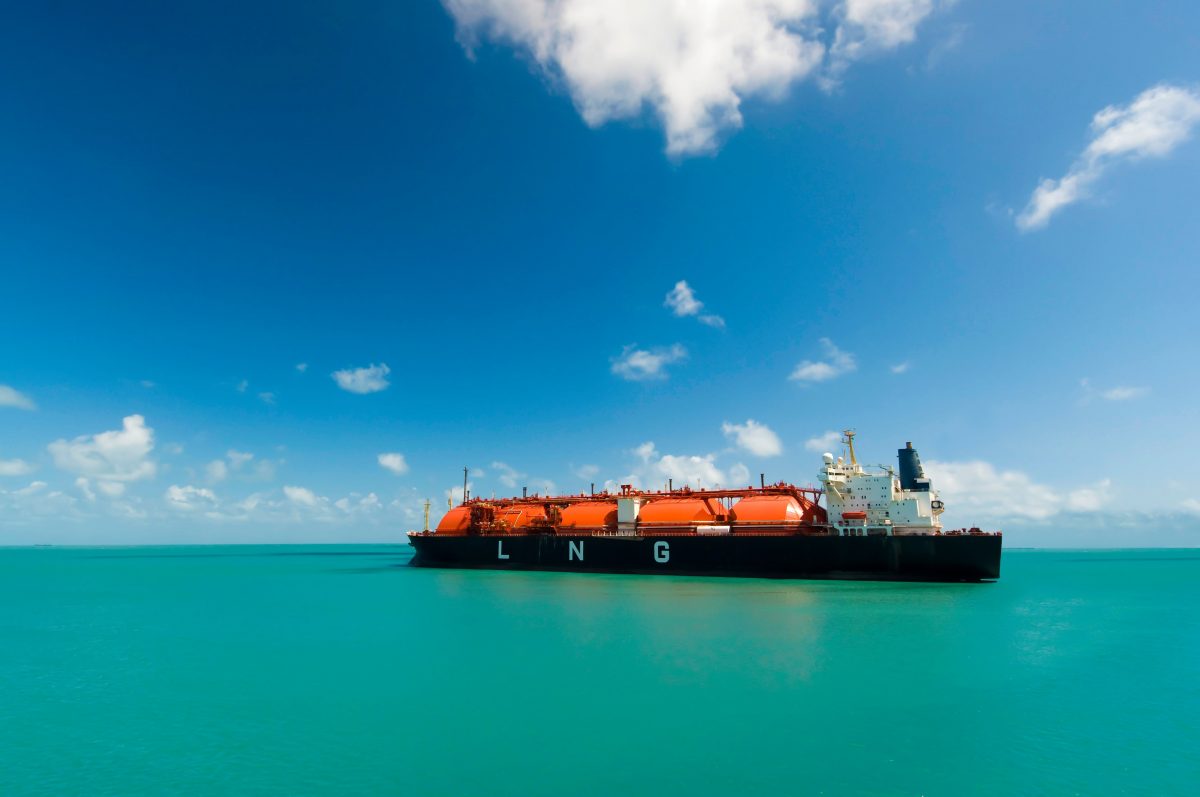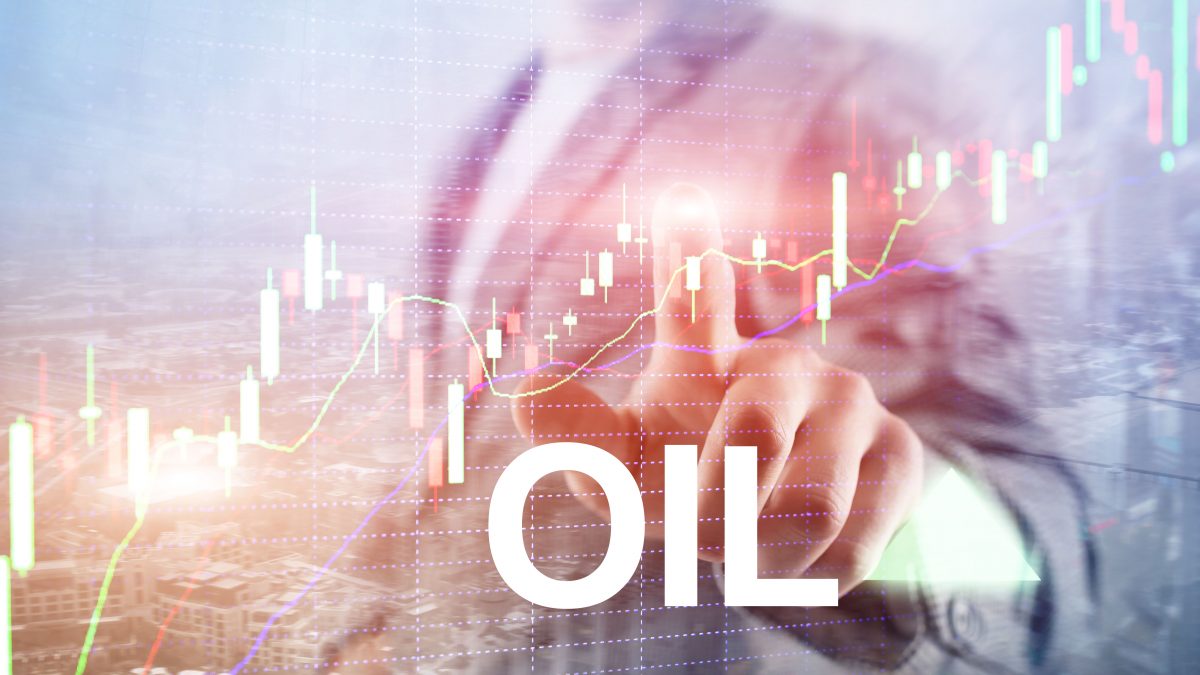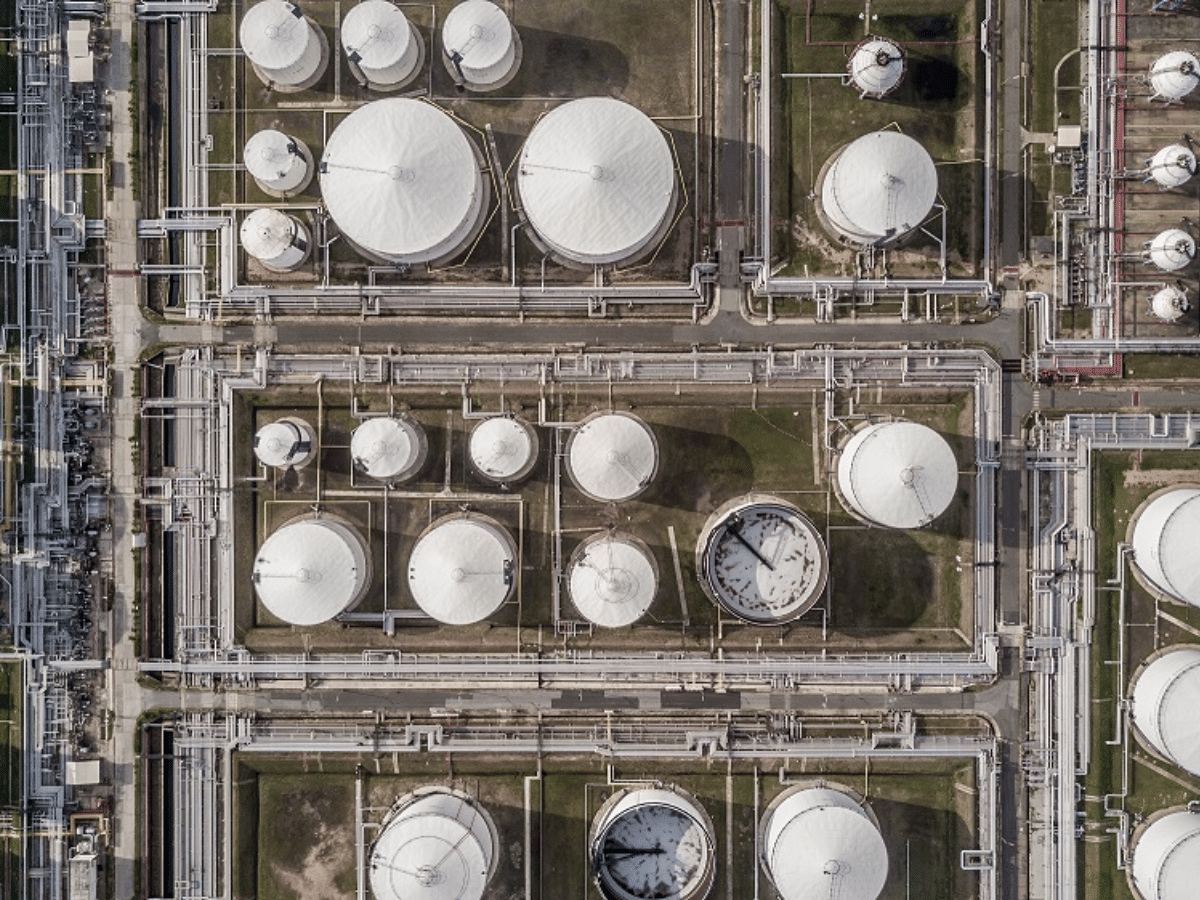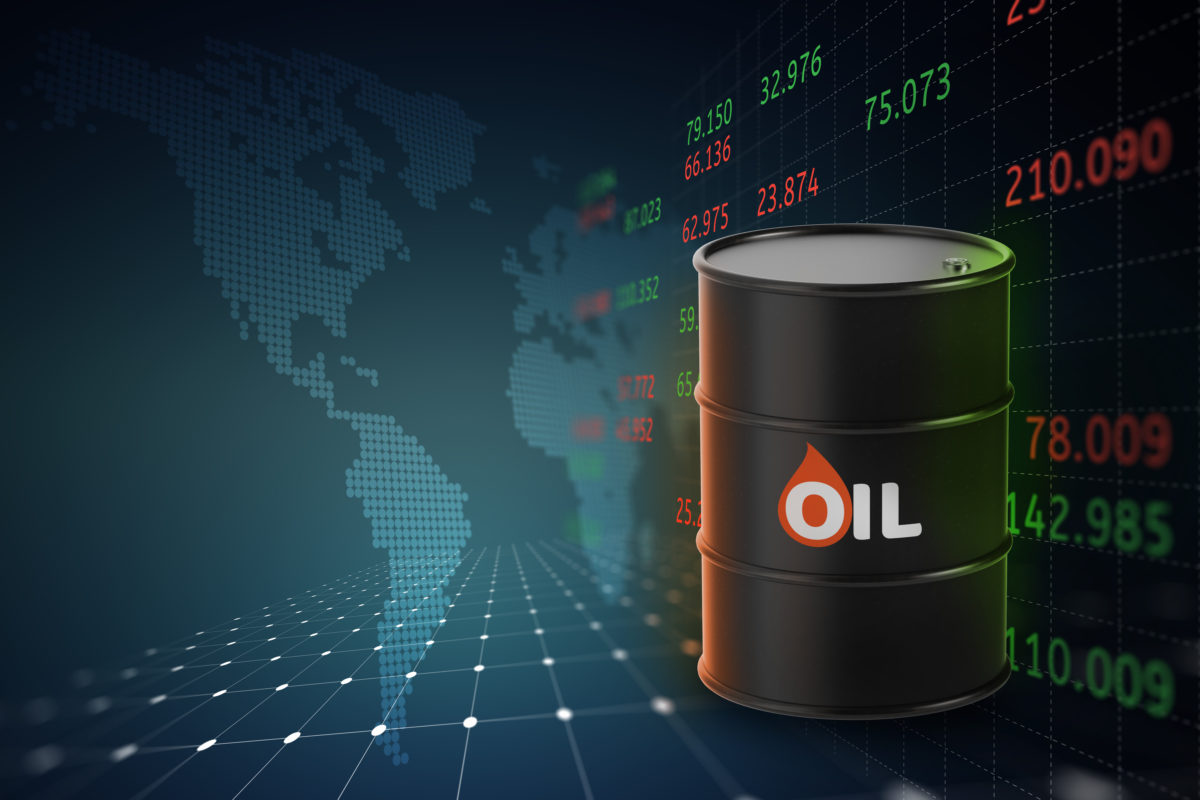The Gulf countries are marching ahead with an ambitious domestic transition to renewable energy. But there is little chance they will stop exporting fossil fuels any time soon.
A global shift to renewable energy might sound like an economic death knell for the Gulf region, where fossil fuel reserves make for a seemingly limitless stream of wealth. But the world’s energy powerhouse is embracing the inevitable shift away from fossil fuels — at least domestically.
Countries such as Saudi Arabia, the United Arab Emirates and Qatar are building some of the world’s largest renewable power plants as they wean themselves off fossil fuels.
In the run-up to the 2022 FIFA World Cup, Qatar built a solar plant designed to meet 10% of the country’s peak energy needs. Saudi Arabia, meanwhile, is creating a desert city that will run exclusively on renewables. Neom, as it’s called, will have its own solar-fueled green hydrogen plant. The UAE, which is hosting this year’s UN climate conference, is constructing what is being touted as the world’s largest single-site solar power plant.
Projects such as these will help Saudi Arabia meet the target of producing 50% of its electricity with renewables by 2030 and the UAE achieve 44% by 2050, according to both countries. For now, however, the UAE and Saudi Arabia sit alongside other Gulf states — Bahrain, Oman, Kuwait and Qatar — in the 15 worst emitters. Top of the list was Qatar, with a per capita output of 35.59 tons of CO2 in 2021, compared to 8.09 tons per person in Germany. Moving down the ranking will require serious momentum.
Mohammad Al-Saidi, a research associate professor at Qatar University’s Center for Sustainable Development, told DW that the region is moving very quickly to fulfil its ambitious goals.
Freeing up oil for export
Transforming the economies to renewable energy isn’t purely out of concern for the environment, though. Al-Saidi said one of the main motivators for the transition is to free up fossil fuel reserves for export, thereby maximising profits.
In 2020, Saudi Arabia was the fourth-largest consumer of oil in the world, and the sixth-largest consumer of fossil gas, leaving less to be lucratively sold abroad.
Despite rising temperatures and the increasing frequency and severity of extreme weather events linked to burning fossil fuels, demand for oil is projected to increase until about 2040. Once demand eventually fades, any oil left in the ground will become a “stranded asset” and a missed opportunity for profit, as the oil producers see it.
Another significant motivator for the domestic shift toward renewable economies is to attract international investment and maintain standing in the international community, Al-Saidi explained. “This is very important for image, and image means money.”
Transitioning to a renewables-based economy would make countries far more attractive for foreign money, said Jon Truby, a visiting law professor at the UK’s Newcastle University who studies connections between sustainability and technology.
Climate crisis hits home
Though continuing to export oil will fill the region’s coffers, it could also threaten its very existence. As other countries keep burning fossil fuels extracted from Saudi Arabia and its neighbours, global temperatures will continue to rise. And the Gulf stands to be disproportionately affected.
A global rise of 1.5 degrees Celsius (2.7 degrees Fahrenheit) by 2050 would likely mean a 4-degree rise in the Gulf. Heat waves of over 50 degrees Celsius have already hit the region, and average temperatures are well above the rest of the world.
Average summer maximum temperatures will likely exceed survivability levels in most of the Gulf under some climate change scenarios. Planetary heating will also worsen dust storms, and low-lying areas could be affected by rising sea levels.
“They are in a paradox because they’re depending upon the oil revenues, but they’re also at great risk of climate change in their own countries,” said Truby.
Gambling on carbon capture and storage
In an effort to keep exporting fossil fuels, while limiting the risk of climate damage, the region is placing its bets on carbon capture and storage.
CCS, as the technology is known, is a process by which emissions are intercepted and squirrelled underground or into other products. It has long been seen as the holy grail for oil producers because it could theoretically mean fossil fuels could be burned without adding to climate change.
But decades of research have failed to produce large-scale solutions, and climate activists see it as a dangerous distraction from true climate action.
So far, less than 0.1% (43 million tons) of global emissions are captured by such technology. The current pipeline of projects is estimated to increase that to just half a per cent by 2030, according to Bloomberg.
Nonetheless, the technology is poised to be widely discussed in the annual UN climate summit to be held in the UAE and has been identified by the Intergovernmental Panel on Climate Change (IPCC) as one of the required steps to limit warming to 1.5 degrees. COP28 President-designate Sultan al-Jaber called for a greater focus on carbon capture and storage capacity in a speech setting out his agenda for the talks.
“In a pragmatic, just and well-managed energy transition, we must be laser-focused on phasing out fossil fuel emissions while phasing and scaling up viable, affordable zero-carbon alternatives,” he said.
However, the European Union and other nations have opposed this approach, saying the focus should be on phasing out fossil fuels rather than abatement technologies.
The Gulf region aims to diversify
Eventually, though, the money tap will be switched off. With the International Monetary Fund warning that reduced demand for oil might eat away the region’s coffers in just 15 years, moves are afoot to find alternative streams of revenue.
Saudi Arabia is betting on green hydrogen production, as well as building up an industry of renewable-powered commodities production such as aluminium along with the UAE. On a less sustainable front, it’s also starting to use its hydrocarbons for plastic and petrochemical production.
Exporting solar power has been touted as a huge economic opportunity. In the Gulf countries, each square meter of land fitted with solar could yield the same amount of energy each year as 1.1 barrels of oil.
Other states are looking to copy the diversification model of Dubai, where fossil fuels now account for only about 5% of its income. The vast majority comes instead from tourism, and wealthy migrants and investors, according to Al-Saidi.
Oman appears to be one of the most ambitious for reducing reliance on fossil fuels. Oil made up 39% of its GDP in 2017, but it plans to reduce this to 8.4% by 2040 with a focus on tourism, logistics and manufacturing.
This varying ambition across the region relies on the Gulf states exploiting their fossil fuel reserves to fund a transition to a future free of fossil fuels. The irony is not lost on environmentalists and human rights activists.
Agnes Callamard, secretary-general of Amnesty International, has called on countries such as Saudi Arabia to leave its oil reserves in the ground.
“It is past time that Saudi Arabia acted in humanity’s interest and supported the phasing out of the fossil fuel industry, which is essential for preventing further climate harm,” she said earlier this year.
The Business Standard, Alistair Walsh, December 7, 2023

